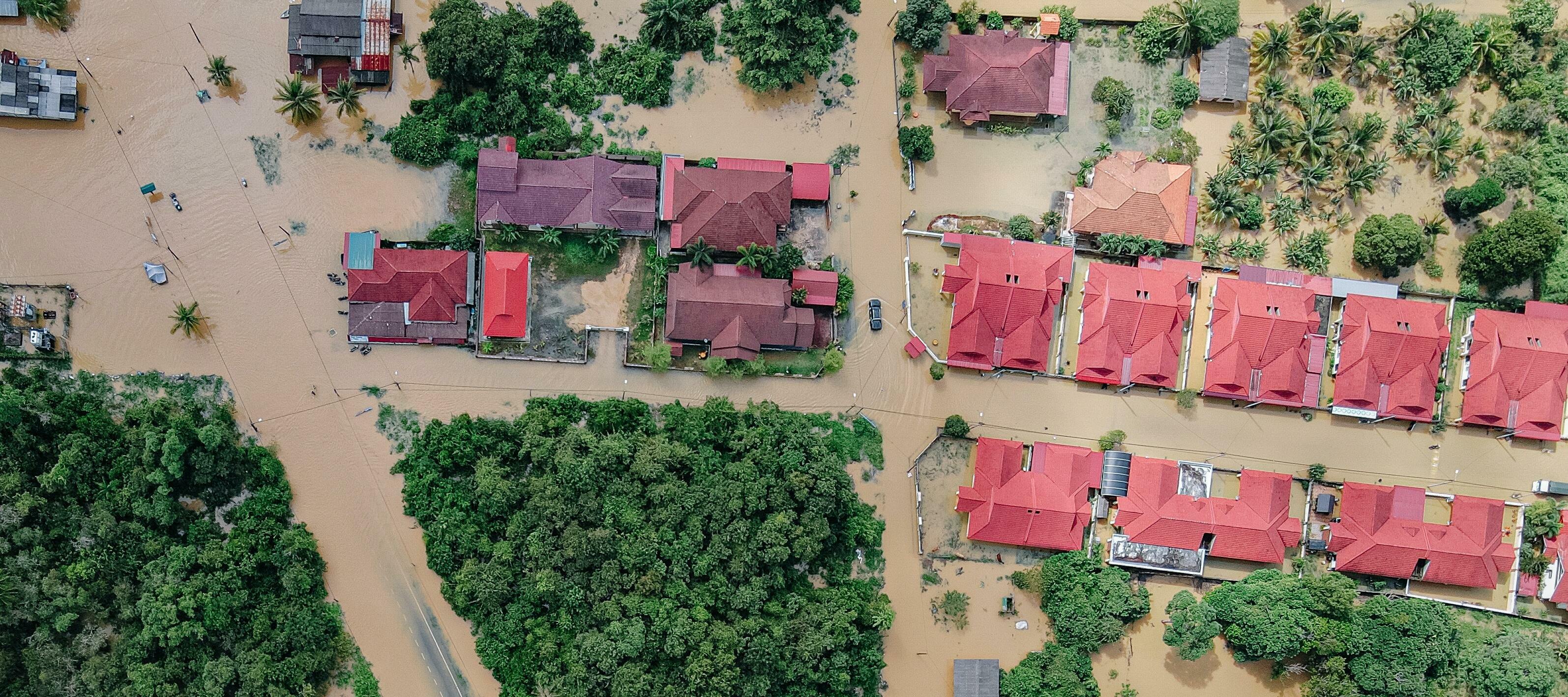Pattern of waivers:
Upon examining these waivers, it was identified that each waiver sought the exception of insurance coverage requirements pertaining to loss of business income due to flood-inflicted damages. It was observed that providing details about the construction material used for the properties can demonstrate the extent of damages floods would inflict and would therefore improve chances of approval.
In addition, each waiver provided details about the borrower’s net worth and liquidity to demonstrate financial stability. Providing such details also helped emphasize the ability to sustain the loss of income caused due to flood-inflicted damages. Furthermore, the use of current courage details, proof of failure to obtain compliant quotes, and business income also favored the exception requests.
An individual could create an insurance waiver for the following specifications based on the outline given below.
Specifications:
Waiver Type: Renewal/New Origination
Insurance Type: Property
Insurance Term: Flood - Business Income
Template Outline:
#1 - How to structure the introductory section of the waiver?
The introductory section of the document should clearly state the requestor’s identity and the purpose or type of waiver being requested. Below are a few examples that can be used for further assistance.
<Organization/Borrower name> is currently seeking the waiver of insurance coverage requirements pertaining to loss of business income due to floods. These requirements include <requirement name/details>.
<Agent name> is requesting an exception for coverage requirements pertaining to the loss of business income due to floods on behalf of <Organization/Borrower name>. An exception is needed for <requirement name/details>.
#2 - What property details should be included in the waiver?
When writing the waiver, the borrower should provide details about the property’s location, type, and number of buildings/units. In addition, the borrower should also mention the construction material used for the property. Providing this information can help determine the extent of possible flood-inflicted damages. The example below can be used for further assistance.
<Organization/Borrower name> currently owns <Property name> located on <Property address>. The property has <number of building/units> and <material 1>, <material 2>, and <material 3> were used for construction.
#3 - How to emphasize the flood zone classification pertaining to the property?
A flood zone classification is used to determine the likelihood of floods occurring in a particular location. Borrowers should mention the flood zone classification for all the buildings/units they own. This can help determine if the borrower is likely to face a loss of business income due to floods. Below is an example that can be used for assistance if required.
<Property name> consists of <number of building/units>, out of which <number of building/units> are located in <flood zone name 1> and <number of building/units> are located in the <flood zone name 2>. Therefore, the borrower is not at risk of experiencing a loss of business income due to flood-inflicted damages.
#4 - How to provide details of the current insurance coverage?
Providing details about the existing coverage the organization/borrower has in place can help demonstrate a certain degree of compliance and coverage for flood-inflicted damages. Provided below is an example that can be used for writing this section.
<Property name> currently has <coverage name> from <Provider name>. The existing policy provides flood insurance <dollar amount>.
#5 - How to mention business income generated from the property?
Providing details about the business income of the property can help demonstrate the extent of financial damage the borrower is likely to suffer if the income was impacted due to damages caused by flooding. The example provided below can be used for further assistance.
<Property name> currently has <number of buildings/units>, each of which generates an average of <dollar amount> per year, entailing that the borrower generates a total of <dollar amount> from the property.
#6 - How to demonstrate compliance efforts when applying for a waiver?
Borrowers applying for a waiver should provide all relevant details pertaining to the efforts they have made to ensure compliance. Such efforts can include seeking compliant coverage options yet failing to acquire any. Provided below is an example that can be used for assistance when writing this section.
<Organization/Borrower name> failed to obtain compliant coverage after meeting with <Insurance provider 1>, <Insurance provider 2>, <Insurance provider 3>. The providers were reluctant to offer coverage for loss of business income due to flood-inflicted damages for the following reasons:
- <Reason 1>.
- <Reason 2>.
- <Reason 3>.
#7 - How to emphasize financial stability?
When writing a waiver, a borrower should provide details about their net worth and liquidity, as it can help demonstrate financial stability. Such details can also help emphasize the borrower’s ability to sustain the loss of business income for a certain period of time. Below is an example that can be used for assistance if required.
<Organization/Borrower name> currently has a net worth of <dollar amount> and a liquidity of <dollar amount>. The business income generated from the property is <dollar amount>. Therefore <Organization/Borrower name> can sustain a loss of business income triggered by flood-inflicted damages.
#8 - How to justify the request for approval?
Before submitting the waiver, a borrower should justify why their request should be approved. When providing the justification, the borrower should mention that they failed to obtain compliance coverage due to reluctance from the insurance providers. In addition, they should also mention that the property is not at high risk of flooding therefore, the possibility of such coverage being utilized is low. Furthermore, factors such as construction material and financial stability can also be used to strengthen the case for exception.



